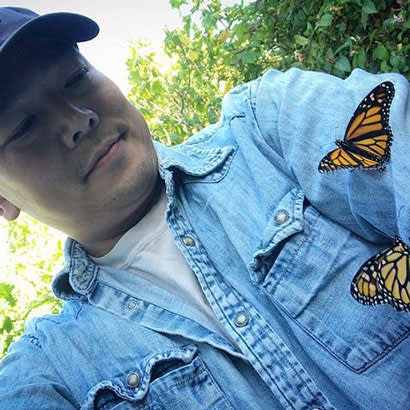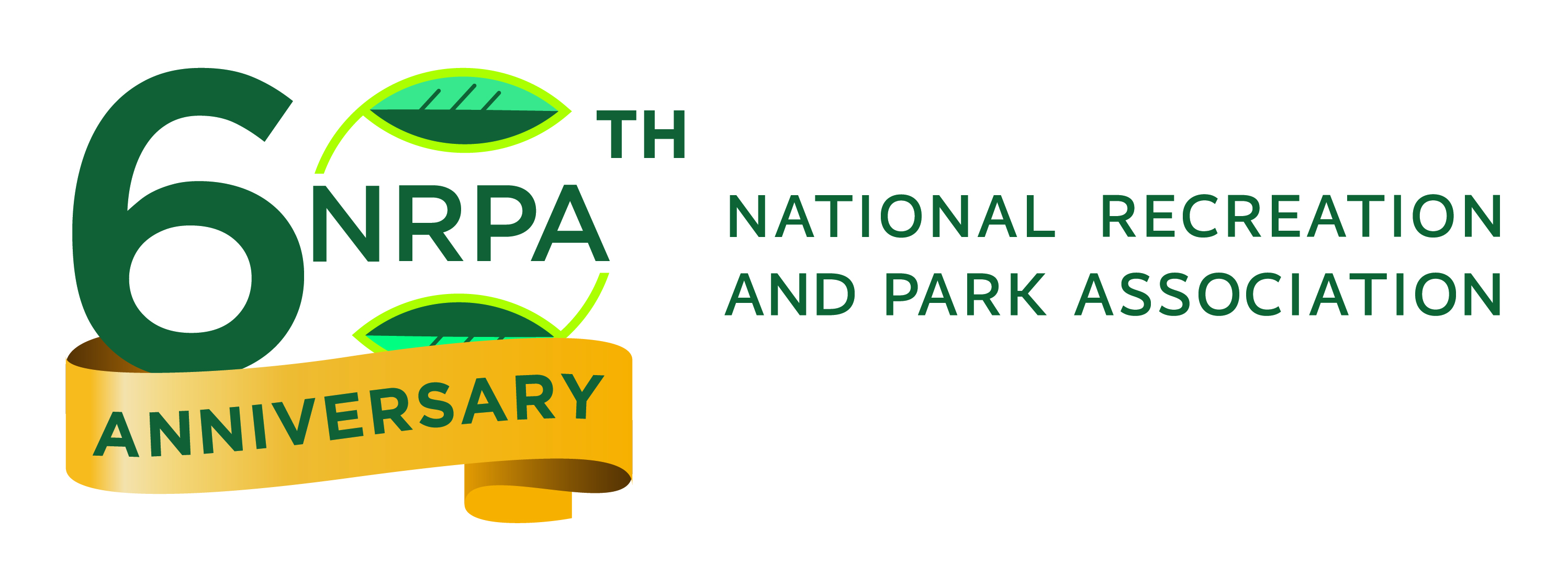
Many of you know that monarch counts occur across the country to try and get a handle on the health of this threatened species. But to understand what these numbers really mean, you should know there are three different monarch populations in the United States; western, eastern and a small population in southern Florida. While they are still the same species, they are separate populations with little or no overlap. Their population dynamics are entirely separate, too — western monarchs do not migrate and overwinter in Mexico like the eastern monarchs, but they go through a type of modified migration, overwintering on the California coast line. And, the southern Florida population does not migrate at all.
The recently announced winter count of the eastern monarchs was truly good news — it showed a 144 percent increase in monarchs that winter in southern Mexico, the highest number recorded since 2006. However, the count of western population monarchs was shockingly low — an 86 percent decline since 2017, and a 99.4 percent decline in numbers in the 1980s
This year’s western count was less than 30,000 monarchs. This is a cause for great concern, as this specific population of monarchs is in danger of becoming extinct if nothing is done to help. As a result, NRPA is joining conservation organizations in the west in an urgent call to action. If you are in the western states, you and your park and recreation agency can make a difference, and your help is desperately needed!
The Xerxes Society has created a Western Monarch Call to Action. This plan aims to provide a set of rapid-response conservation actions that will hopefully help the western monarch population bounce back from its extremely low 2018–19 overwintering size. If your agency can help, we hope you will do so! The most important things you can do immediately are to protect monarch habitat and to plant milkweed — which is critical to the monarch’s life cycle — and other nectar-bearing wildflowers that feed monarchs year-round.
For those not in the western monarch area (all other areas of the U.S. east of the Rockies), the mid-winter census has come in with some decidedly different and welcome news. The yearly count of monarch butterflies overwintering in Mexico, measured by estimating the number of monarchs in Oyamel fir groves in southern Mexico, shows an increase of 144 percent from last year’s count and is the highest count since 2006. While this is great news, it’s still not time to celebrate.
Scientists have estimated that one serious blow to the monarch population could result in a quasi-extinction level event, and the threshold population is 14.83 acres. So, even with the record-breaking numbers this year, the population only measured 14.95 acres. We are hardly out of the woods yet!
One good year of weather and monarch breeding won’t save the eastern population. Climate change, drought, extreme weather, habitat loss, lack of milkweed and other needed native plants still threaten their existence. And it’s not just the monarchs that are threatened. They serve as an indicator species for many other important invertebrates. Conserving monarchs helps to conserve a whole range of other valuable wildlife species.
This is a call to action for all of us, no matter where we are located. If you can do something, even personally, please do! But, as the owners and managers of millions of acres of land dedicated to conservation, we can make a much larger impact which could ultimately help save the Monarchs, as well as the multitude of other pollinators species at risk.
If you want to help:
1. Plant more milkweed! This can be anywhere from a backyard to a regional park, any bit helps! To find sources of local, native milkweed seed in your state please look at Xerxes Milkweed Seed Finder.
Also, if milkweed is still on your city or town’s noxious plant list, work to have it removed! Milkweed is an important native plant that we should be allowed to plant in our parks.
2. Plant native flowers. Monarchs need food to provide energy to migrate, breed, and overwinter for the entire migration season.
3. Pollinators homes are important, remember to leave bare soil and go easy on the fall clean up as pollinator rely on brush piles and other vegetative debris to live and overwinter in. Also consider creating a bee/pollinator hotel!
4. Avoid using insecticides and herbicides when possible. These may kill butterflies, caterpillars, or kill the plants that monarchs use. Try using an integrated pest management (IPM) approach.
5. Educate your community on what they can do to help pollinators!
6. If you can, create a pollinator protection strategy for your agency or community. Check out our webinar, Pollinator Protection and Outreach Strategies: Multiple Methods that Make a Difference
There are many great resources you can leverage to help as well, these are just a few:
NRPA Parks for Pollinators Resources - check out the Parks for Monarch Research Guide and other resources we have
Xerxes Regional Pollinator Conservation Information - a great resource to find regional information to help Monarchs and other pollinators!
Pollinator Partnerships Education Materials - check out Pollinator Partnerships' page if you are looking for ways to engage your community in pollinator conservation
Michele White, CAE, IOM, is NRPA's Conservation Program Manager.


